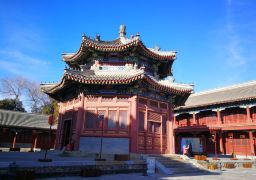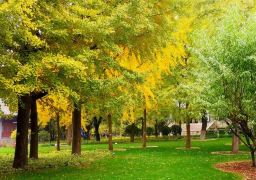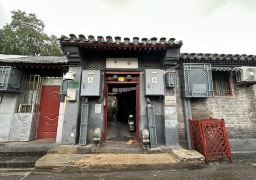Wu Gorge is located between Wushan County in Chongqing and Badong County in Hubei, stretching 45 kilometers from the confluence of the Daning River in the west to Guandu Kou in the east, commonly known as the Great Gorge. Renowned for its ‘elegance,’ it features long and deep valleys, abrupt peaks, and a deep and beautiful canyon. Wu Gorge is one of the more coherent and orderly gorges among the Three Gorges, divided into two sections: the western section comprises Jin Kui Yin Jia Gorge and Jian Chuan Gorge, while the eastern section consists of Tie Guan Gorge and Men Shan Gorge.
The entire gorge is characterized by abrupt peaks and jagged rocks, resembling a winding and twisting gallery. The famous Twelve Peaks of Wu Mountain are located on both sides of the gorge, six on the north and six on the south. These twelve peaks are picturesque and diverse in form, representing the essence of Wu Gorge. Among them, the Goddess Peak is particularly famous, with its upright stone pillar resembling a graceful young girl. It greets the morning glow and bids farewell to the evening glow, hence also known as ‘Wang Xia Peak.’ However, when touring Wu Gorge by boat, only nine peaks are visible; the three on the south bank (Sheng Shang Peak, Qi Yun Peak, and Jing Tan Peak) can only be seen after disembarking and hiking near Qing Shi Town. Wu Gorge is deep and narrow, with short sunlight exposure, leading to the formation of clouds and mist due to the evaporation of water vapor. These mists take on various forms, resembling dragons, jade belts, waterfalls, and light veils, appearing very graceful under the sunlight, creating the famous Wu Gorge Buddha Light. The Tang Dynasty poet Yuan Zhen left behind the timeless verse ‘Once you have seen the vast ocean, all other waters pale in comparison; without the clouds of Wu Mountain, all other clouds seem insignificant,’ which vividly describes the mists of Wu Mountain. Wu Gorge is rich in historical sites and cultural relics, including the well-known Twelve Peaks of Wu Mountain, Lu You’s ancient cave, Dayu’s book-granting platform, the ruins of the Goddess Temple, and Zhuge Liang’s stone stele, all attracting tourists from around the world with their profound historical significance. The best way to experience Wu Gorge is to take a boat from the Yangtze River ferry terminal in Wushan County and drift downstream, enjoying the magnificent Twelve Peaks of Wu Mountain and the ethereal clouds and rain of Wu Mountain. The entire area is open all year round, with full-day access. A must-see tip for visiting Wu Gorge is to appreciate the red leaves of Wu Mountain. The best time for viewing is from November to January each year. The ideal photography spot is not on the Three Gorges cruise ship but near Qing Shi Town, opposite the Goddess Peak. You can stay at a local inn in Qing Shi Town and inquire about the mountain route and the best photography locations.










